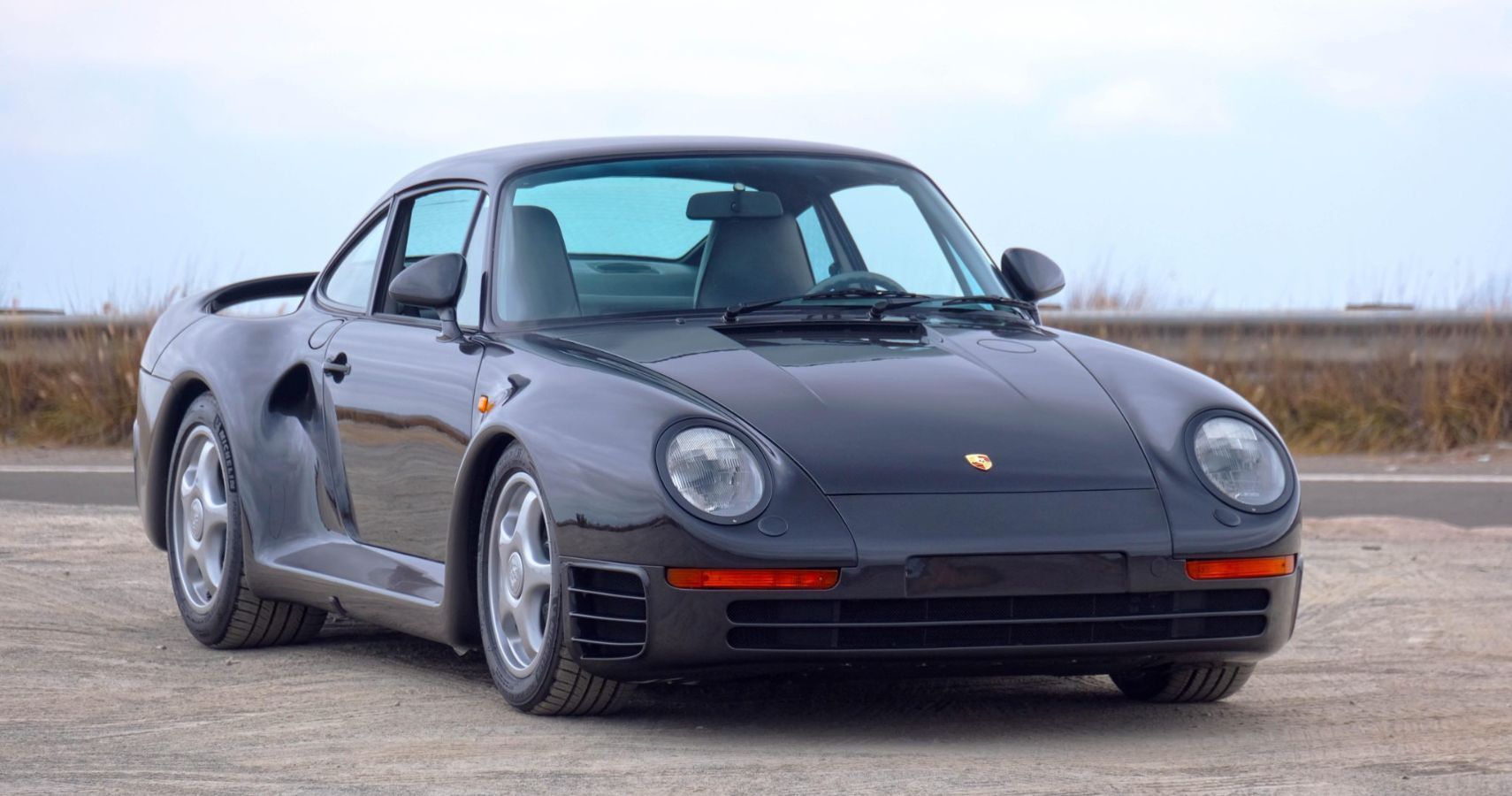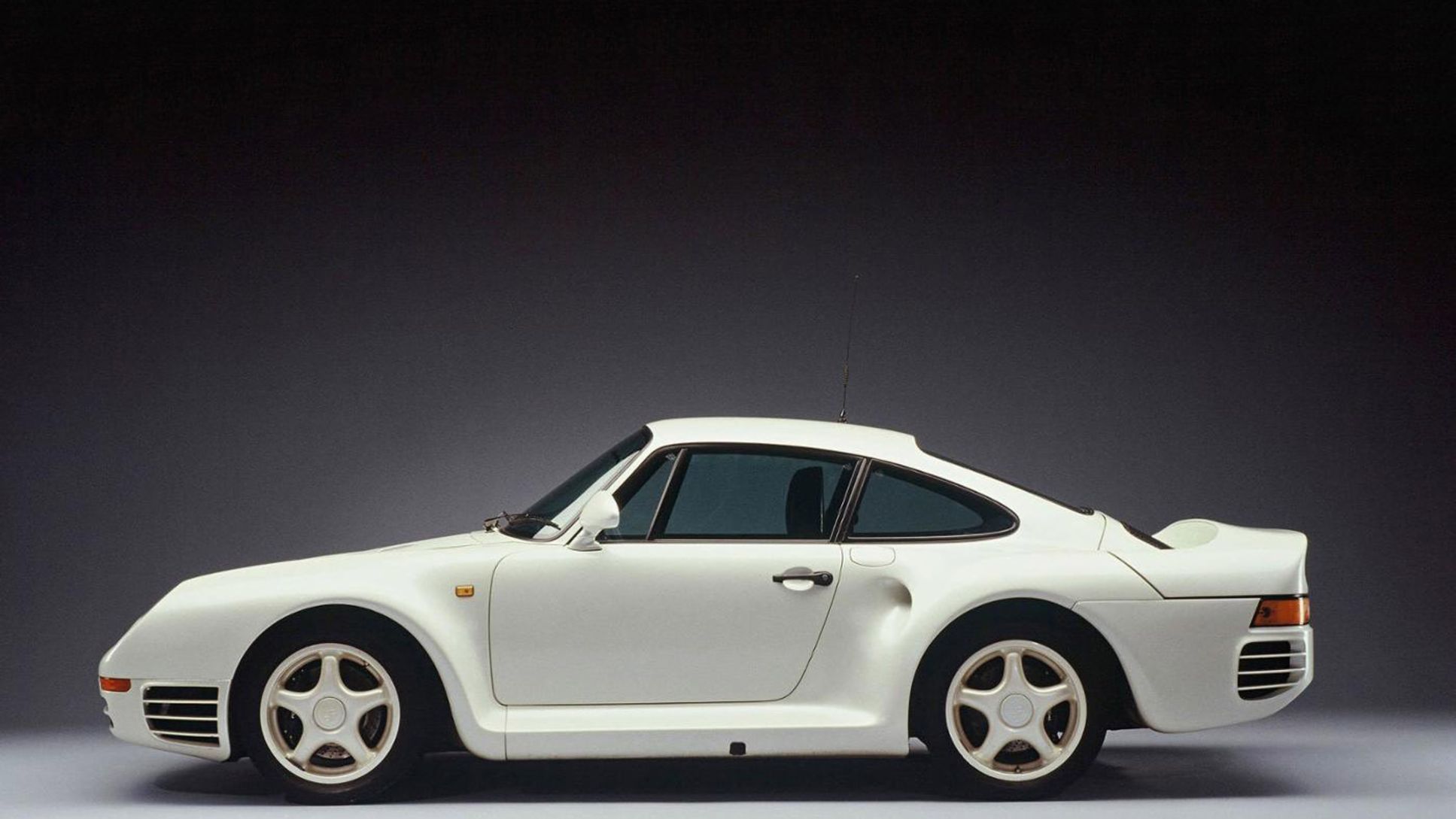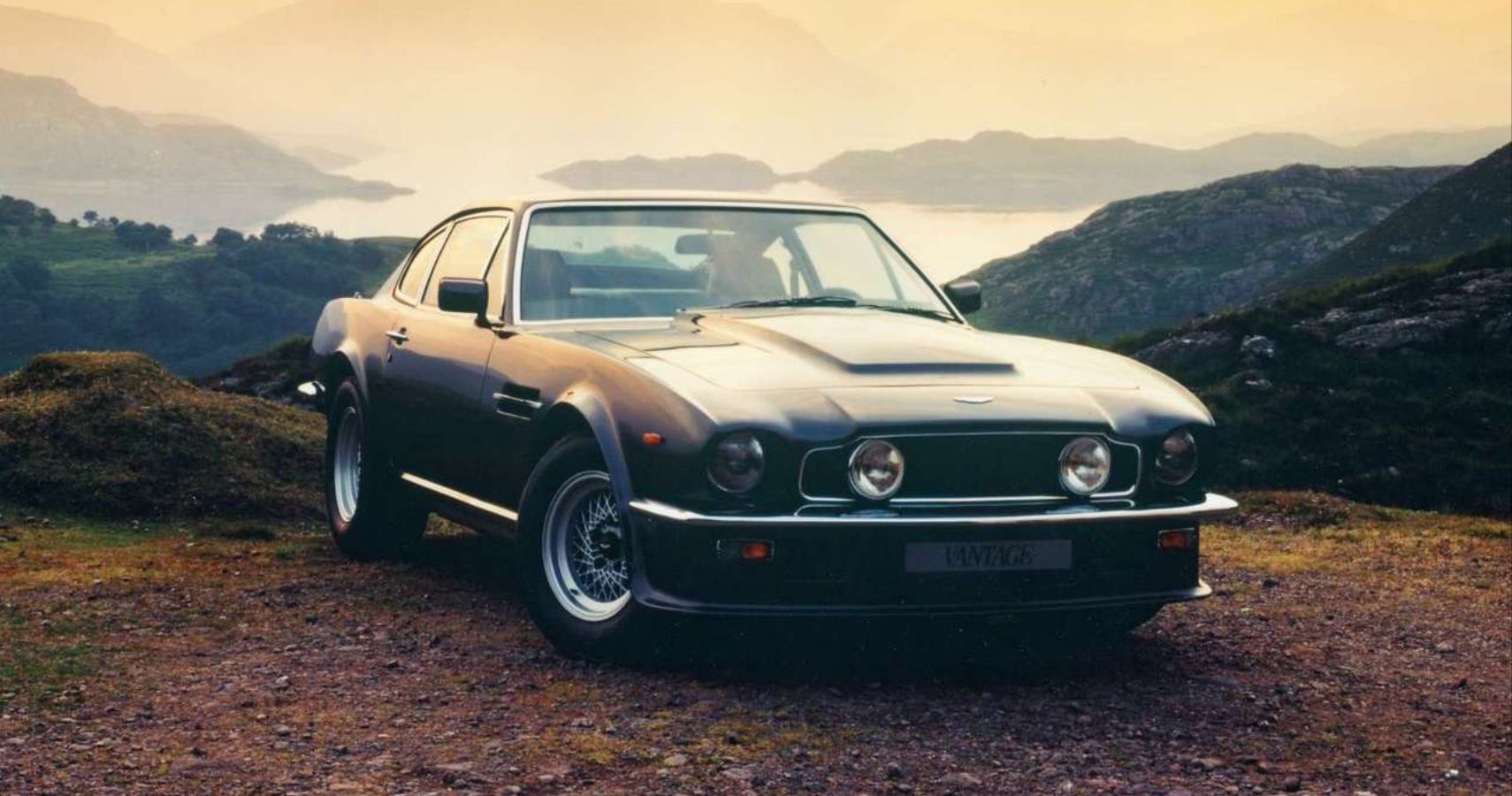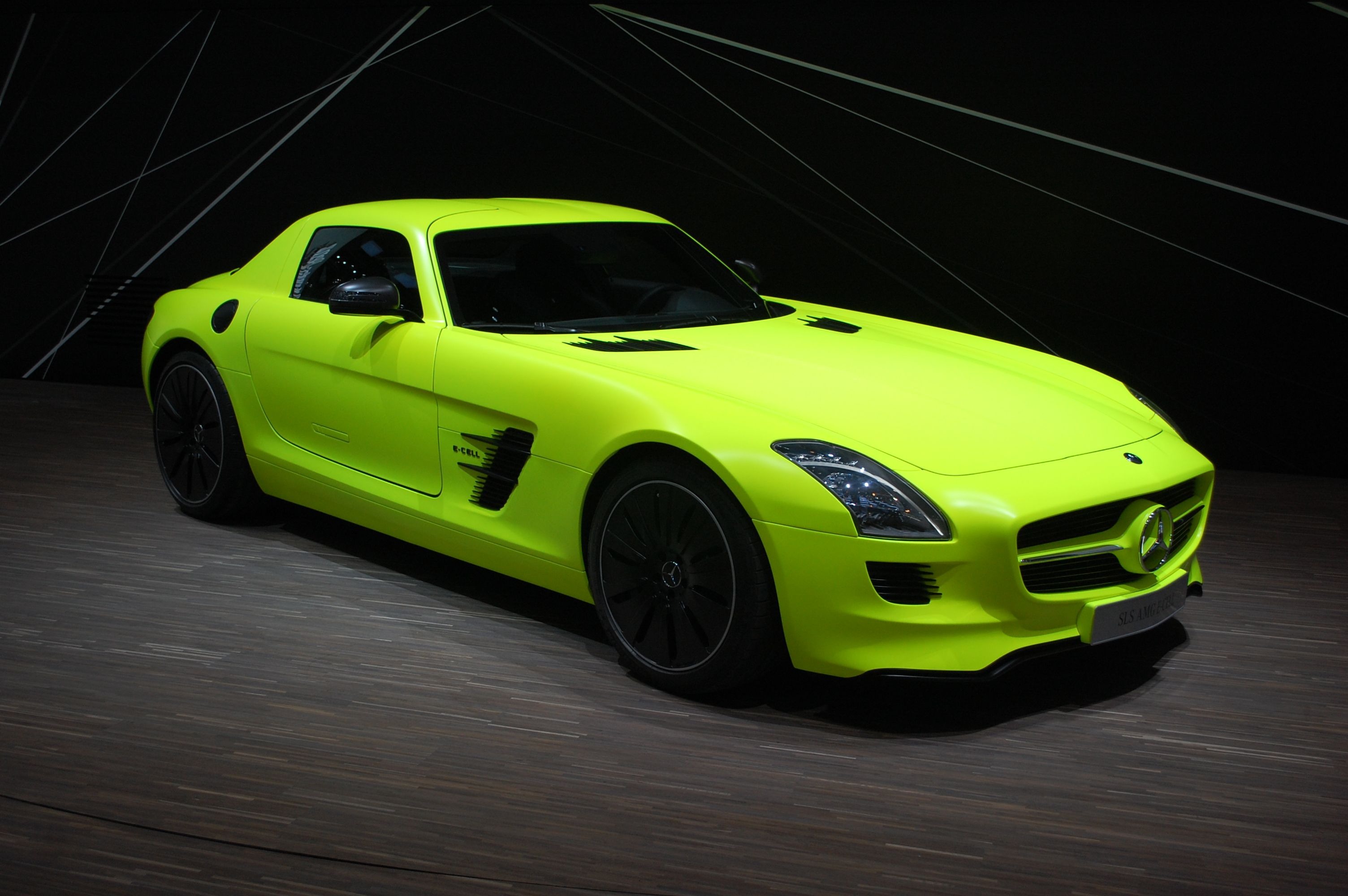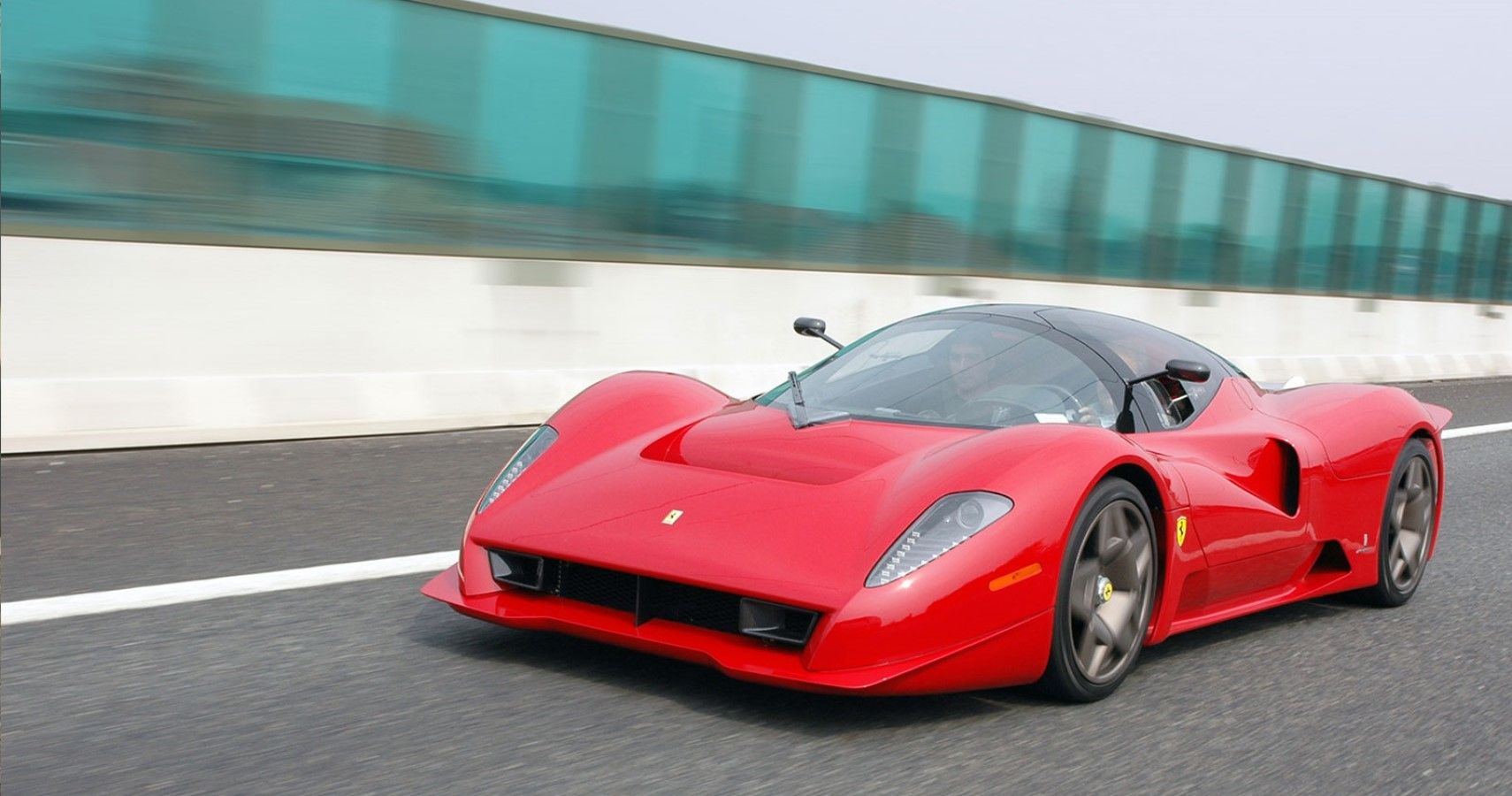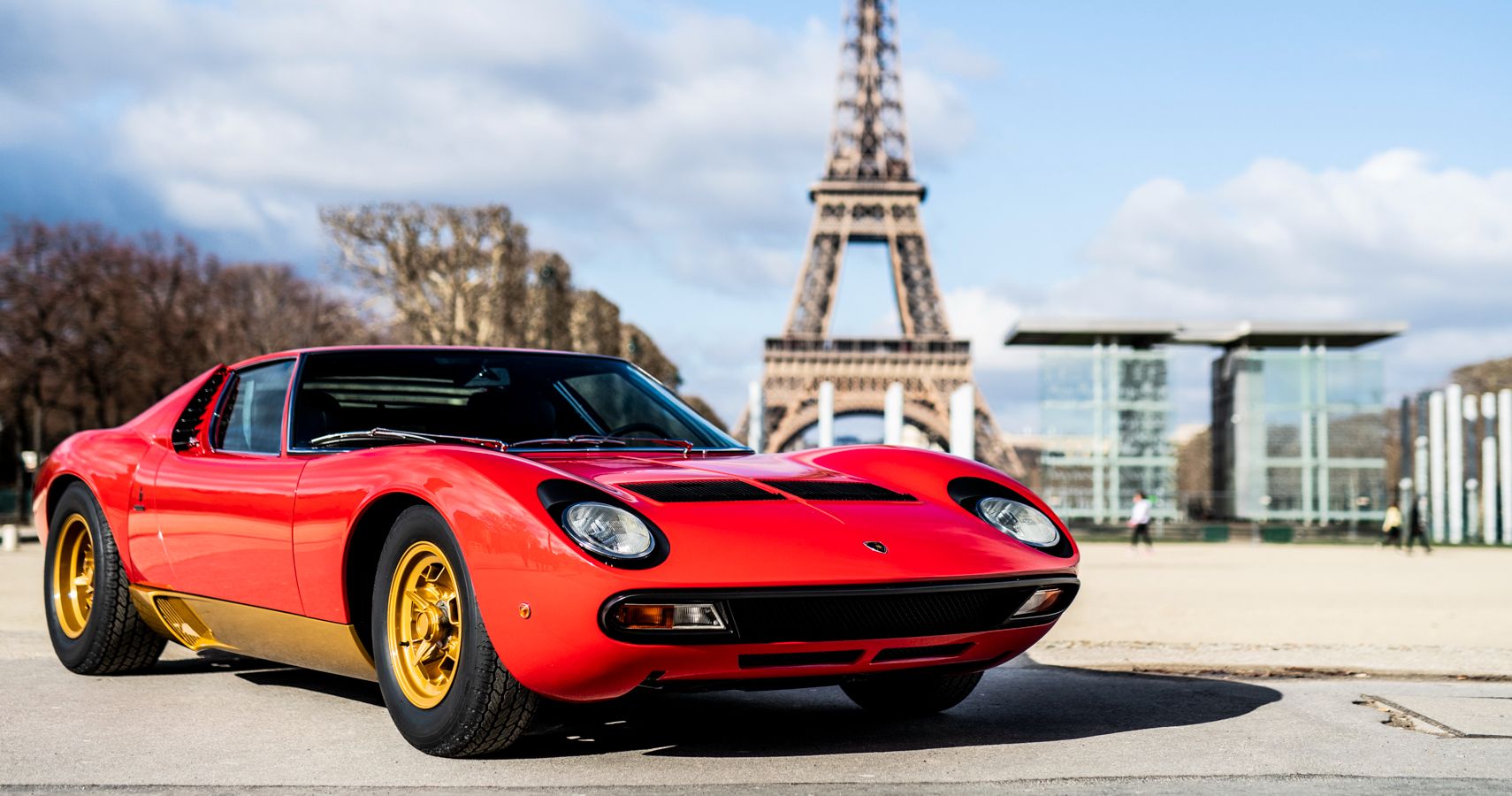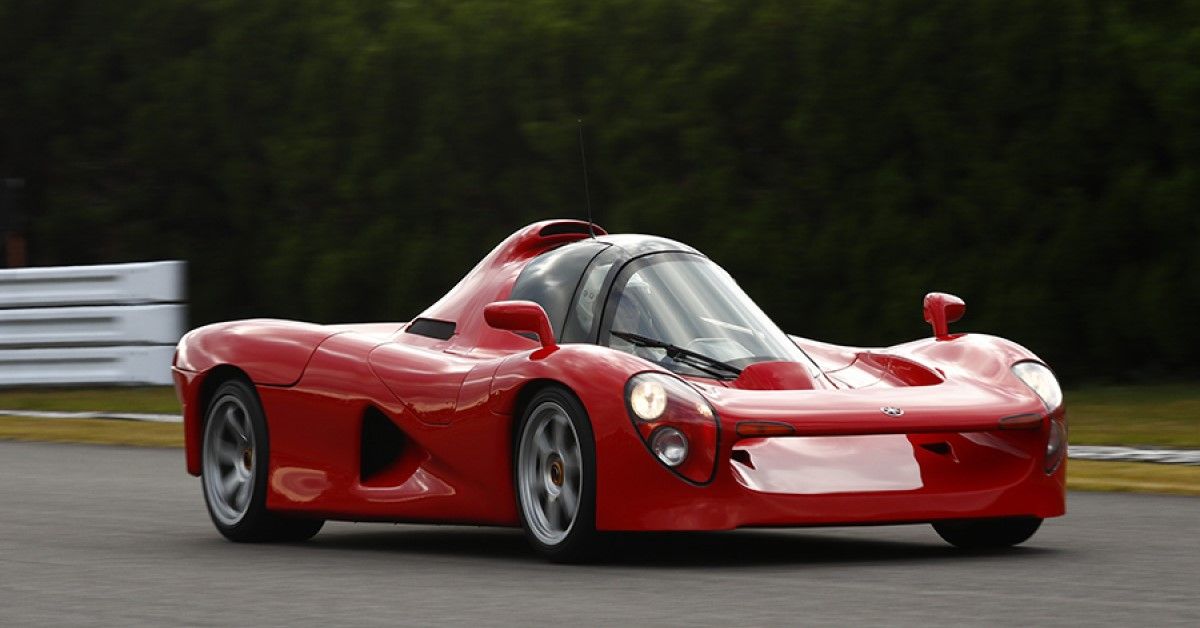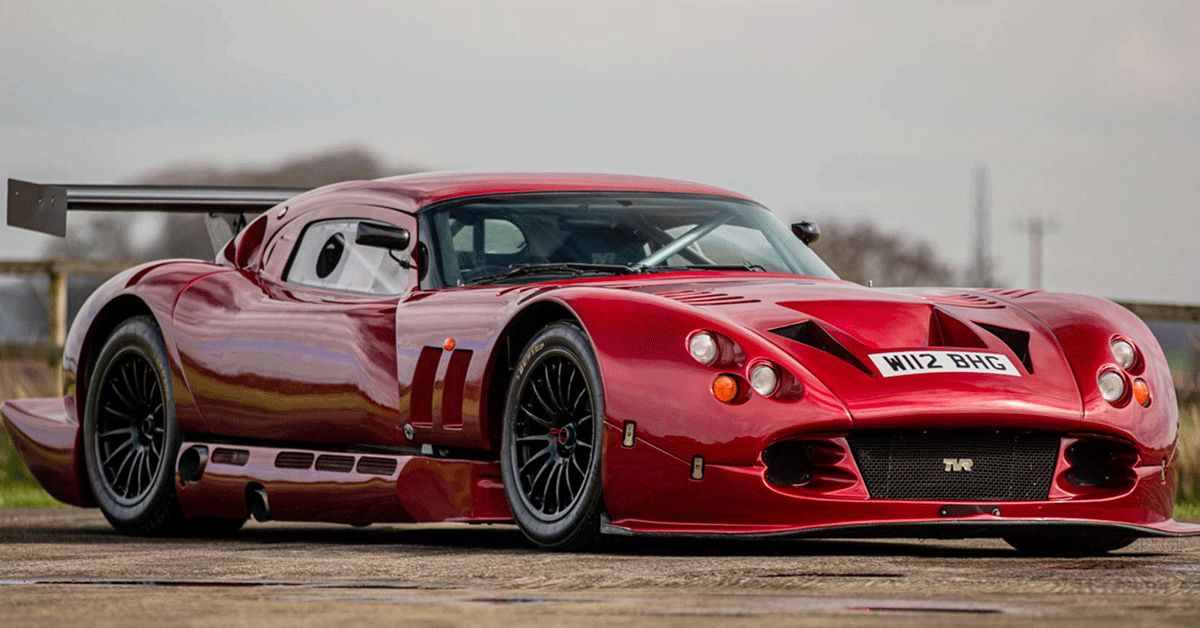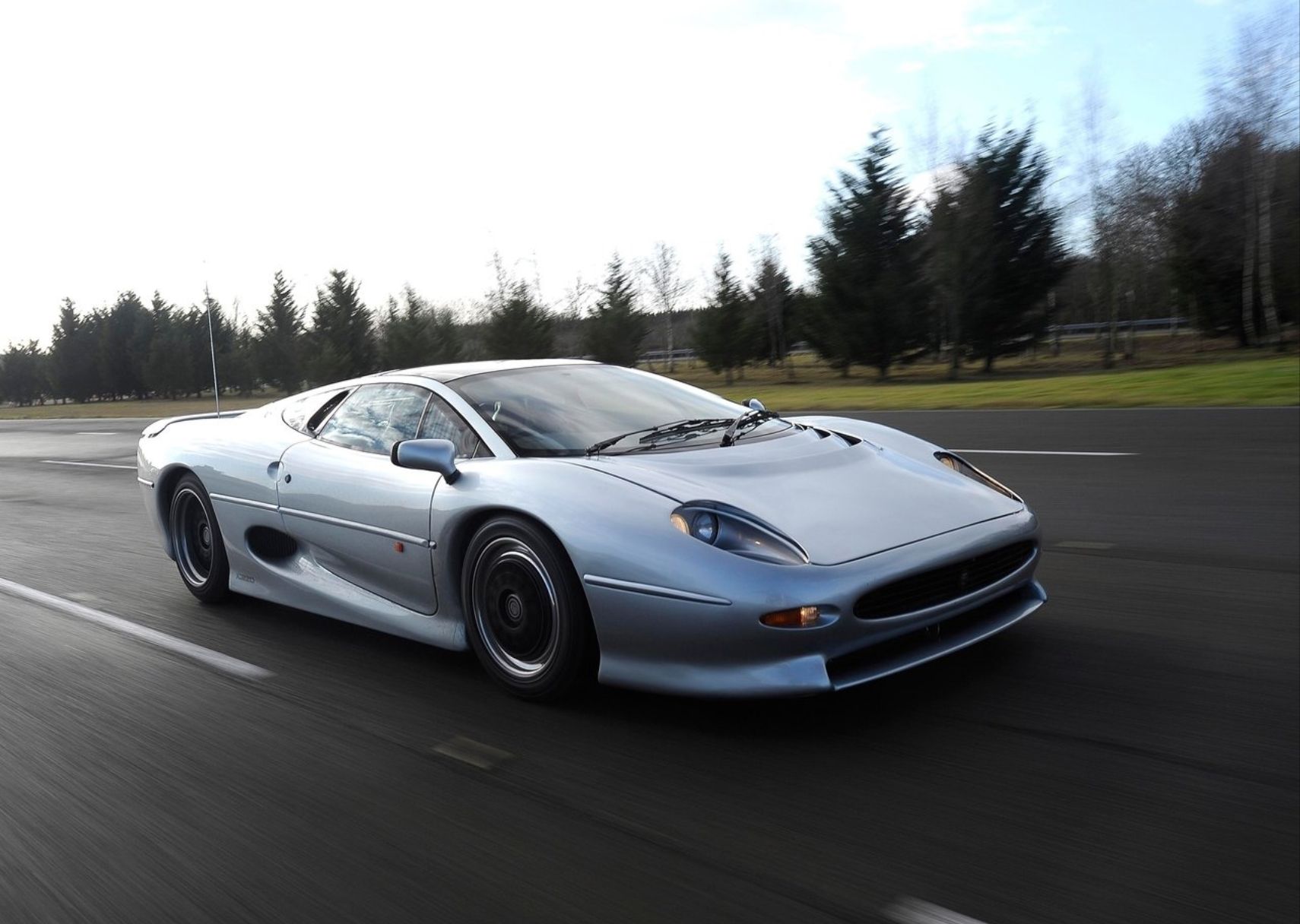Many supercars get launched with press releases from the manufacturer speaking about how their latest baby is at the cutting edge of automotive design and technology and how it is spearheading a new era of supercars. Usually, this is just a load of marketing blurb not to be taken seriously, but in some very rare cases, it does turn out to be that these cars have heralded something new in the world of supercars.
Of course, these cars were more often than not dismissed at the time as too expensive or too out there, or simply not very good, but we now see them today as being key to how supercars and the creation of them developed. From one-offs for wealthy customers to ultimately pointless homologation cars and road racers, these supercars all ended up telling us what was to come years before they came to be commonplace.
This is a list of 10 supercars that were ahead of their time.
10 Porsche 959
The term “flop” is thrown around quite a lot when talking about low-selling cars, and we do think that attributing that tag to the 959 is harsh, but generally fair. Making under 350 cars in seven years between 1986-1993, Porsche had developed the 959 for rally homologation purposes but Group B rallying died out before the car could be put to market. They lost a huge amount of money on each one, it was never formally allowed into the United States for over a decade after it started production, and was hugely expensive to purchase in the first place. You’d have to be Bill Gates to buy one, and of course, he actually did but wasn’t allowed to drive it until the “Show or Display” law came into force in 1999.
As for the actual technology in the 959, it changed the automotive landscape forever when it came to supercars. Four-wheel drive, a twin-turbocharged flat-six, a carbon fiber body, and electronic tire pressure sensors, which were still new in the mid-'80s. If you want a 959 in 2023, you’ll be paying over $1.7 million.
9 Aston Martin V8 Vantage (1977)
When you picture the V8 Vantage, most people think of the car Aston Martin produced between 2005-2017, and for good reason, as it was a great car. However, Aston made a V8 Vantage back in the late '70s that was celebrated as “Britain’s first supercar” on account of the 170-mph top speed, which made it allegedly the fastest car in the world in a straight line when it was launched.
It was available with either a 5.3-liter or 6.3-liter V8, and in either Saloon (coupe) or Volante (convertible) variants, and had a fairly impressive 12-year production run. That said, only 534 were built, and it was never hugely popular. How exactly was the V8 Vantage ahead of its time? Well, to us it seems like having a high-performance variant of an existing grand tourer (the standard V8) was something that only really became commonplace after Aston Martin came up with doing a slightly more raw version here with the V8 Vantage.
For a long time the V8 Vantage was one of the cheaper Aston Martins on the second-hand market, but not anymore: a good one today will cost at least $190,000.
8 BMW M1
The BMW M1 was an incredibly important car for the manufacturer, despite being a flop and costing BMW a lot of money. In some ways, it’s much like the Porsche 959 in that sense, and the similarities only continue. The M1 also took years to develop, had a straight-six engine, was really expensive, and produced in limited numbers. It was also sort of a homologated racing car, seeing as after it was launched the M1 went into a special one-make racing series.
However, the best thing that the M1 brought to the world of cars, and to BMW itself, was that it was key in establishing the M division as this was the first M-badged BMW sold to the public. Finding an M1 for sale isn’t easy, and nor is it cheap: the price of an M1 at the time of writing is around $600,000.
7 Bugatti EB110
Bugatti are now very much a household name, but this wasn’t always the case and for most people in the early '90s they were a new company to them when the EB 110 was unveiled in 1991. With so much innovation crammed into one car, it’s no wonder they only made 139 of them and charged an absolute fortune for them. Those innovations included a carbon fiber chassis, four-wheel drive, active aerodynamics, and a quad-turbocharged 3.5-liter V12 engine.
A yellow EB 110 was famously purchased by Michael Schumacher in 1994, and even more famously Schumacher crashed it into a truck and blamed “inadequate brakes.” He did keep the car for nearly a decade following that, so he can’t have disliked it much despite the accident.
Unfortunately, financial problems caused Bugatti to go bankrupt in 1995 and thus the EB 110 was no more. Bugatti would of course then rise from the ashes under Volkswagen with the Veyron ten years later, but in many ways, the EB 110 helped Bugatti to stick around and be celebrated as a luxury brand making insanely technologically advanced cars. If you want an EB 110, be prepared to stump up: the last EB 110 for sale went over €1 million.
6 Mercedes-Benz SLS AMG E-CELL
Mercedes-Benz launched the SLS AMG in 2010 as a throwback to the 300 SL of the 1950s, especially when looking at the gullwing doors and the proportions of the design. Whilst a very pleasant and good-looking supercar, it was hardly ahead of its time.
The same cannot be said of the SLS AMG E-CELL, which other than sounding like you’ve got caps lock stuck on your keyboard, was unveiled as an all-electric prototype version in 2011. Powered by four electric motors, the E-CELL is capable of 526 horsepower, which is only about 40 horsepower less than the standard V8 production SLS AMG.
Unfortunately, being a prototype, the SLS AMG E-CELL never saw a production version, but it was ahead of other all-electric supercars like the Lotus Evija and the Rimac Concept One by nearly a decade.
5 Ferrari P4/5 by Pininfarina
The Ferrari Enzo was one of the world’s first hypercars, but for one customer it just wasn’t quite enough, and that’s where the P4/5 story begins. In 2005, Pininfarina approached filmmaker and car collector James Glickenhaus, son of a stock market magnate and all-around very rich person, and asked if he wanted to commission a one-off car based on the Enzo for $4 million. Glickenhaus wanted a modern interpretation of a Ferrari P, and after Luca di Montezemolo cast his eyes upon it he thought the P4/5 deserved to be badged as a Ferrari.
Whilst the Enzo upon which it was based was pretty ahead of its time, the P4/5 had a slightly faster 0-60 time and a slightly better drag coefficient, and an interior specially designed by Glickenhaus and his children.
We’ve chosen this as being fairly ahead of its time because whilst it has always been commonplace for supercar makers to allow very wealthy customers to commission special editions, they’re mostly based on existing models with few changes beyond the aesthetic. The P4/5 bucked this trend as being a wholly different car, even if heavily based on the Enzo you wouldn’t know it by looking at it. Even now many cars commissioned by the super wealthy are based on existing road cars, so the P4/5 definitely sticks out even in the category of rich people and their special cars.
4 Lamborghini Miura
Still one of the most beautiful cars ever designed, the Miura was never actually supposed to see the light of day. Conceived, designed, and worked on by Lamborghini’s engineering team in their spare time against the wishes of company founder Ferruccio Lamborghini, the Miura made a debut appearance at the 1966 Geneva Motor Show. Such was the reception that the car was put into production the same year, and it became the brand’s flagship model until it was replaced in 1973.
Ahead of its time? Absolutely. The Miura was the first supercar with a mid-engined, two-seater layout which absolutely set the blueprint for pretty much every supercar since, and it was the fastest production road car in the world when it was launched.
With less than 800 built in the seven years it existed, any variant of the Miura now costs at least $1 million, but it’s a must-have for those who can afford a supercar collection.
3 Yamaha OX99-11
You probably associate Yamaha with motorcycles, powerboats, or musical instruments, but in the early '90s, they tried their hand at developing a supercar. The theory behind the OX99-11, which sounds more like an asteroid belt than a car, was to develop a single-seater Kei car with a 400 horsepower 3.5-liter V12. Essentially putting F1 car technology in a street-legal supercar, three working prototypes were built.
Unfortunately, Japan was in the middle of a huge recession in the early '90s and an $800,000 Kei car which basically amounted to a perspex canopy with a V12 engine behind it, and Yamaha thought this might be a hard sell to consumers and the project was delayed for a few years and then canned. It’s a shame, because having a supercar with compact dimensions seems like such an interesting idea, and we’re surprised no other carmaker has tried this in the intervening 30 years.
2 TVR Cerbera Speed 12
Sticking with race car technology for the road, and it is now de rigueur for any supercar manufacturer to offer a stripped-out, hunkered-down road car with race car looks and performance specifications. TVR therefore were ahead of the game when in the mid to late '90s they decided to develop a GT1 class car for the road.
Featuring a 7.7-liter V12 and an alleged 1000 horsepower, the Speed 12 was sadly rendered obsolete for GT1 and it was developed as a GT2 car instead. Whilst three road-going examples were built, they were deemed too powerful by TVR’s then-owner and experienced racer Peter Wheeler to be sold as road cars to the public, and the prototype road cars were dismantled into parts to be used on the GT2 cars.
It’s a shame, as now supercar makers produce cars like the Aston Martin Vulcan which, whilst not road-legal, still generate sales for the company. If only TVR had repositioned the Speed 12 as a similar offering maybe they would have alleviated some of their financial troubles.
1 Jaguar XJ220
The XJ220 has gone down in legend as what happens when you try to build an advanced supercar whilst committing huge amounts of money you don’t have during a recession. In other words, whilst not a sales success, the Jaguar XJ220 is certainly a car that has rightfully earned its place in automotive history.
Considered the fastest production car in the world at the time, the XJ220 was powered by a turbocharged V6 thanks to changing emissions regulations in the early '90s, which is something we’re only beginning to see utilized nowadays in modern hybrid supercars, so Jaguar was definitely ahead of their time there. Unfortunately, inconsistent build quality and a retail price of £470,000 in 1992 made the XJ220 a very rare car for only the wealthiest people.
Production ceased in 1994 with less than 300 cars built, but in today’s more emission-conscious world, a car like the XJ220 might’ve been more widely accepted. If you do want one, prices average around the $600,000 mark.

